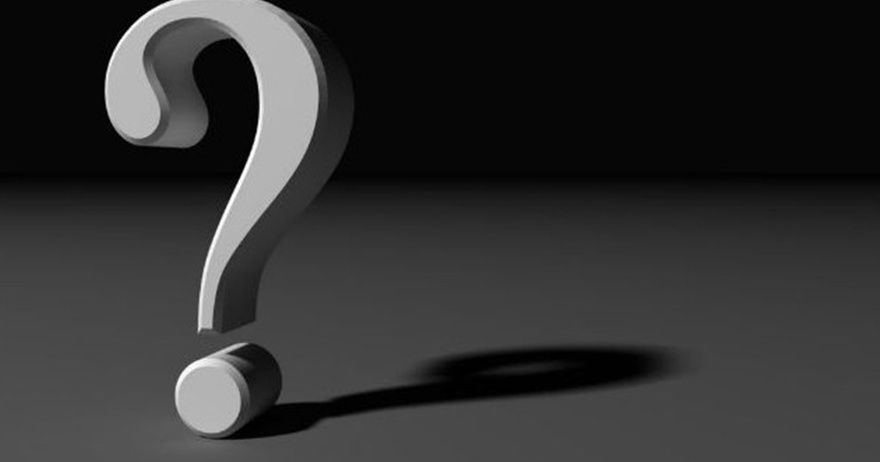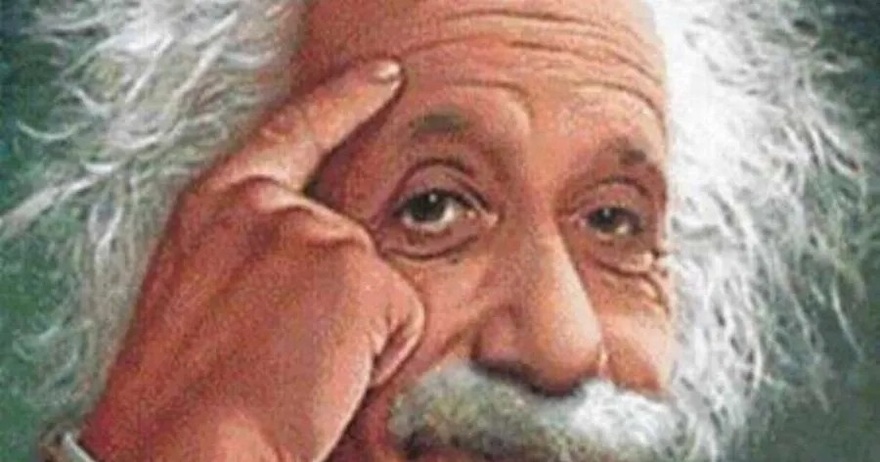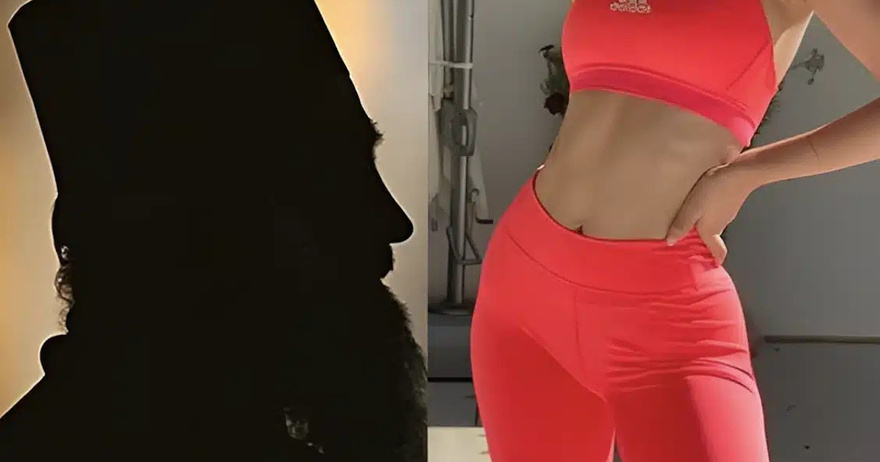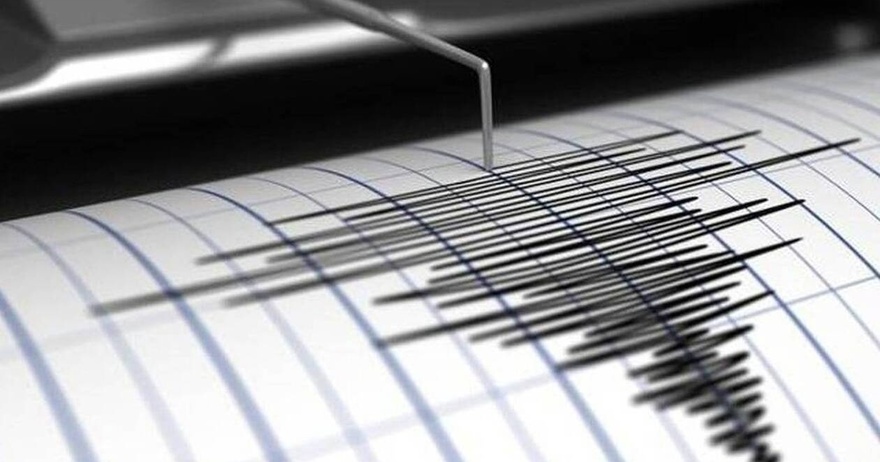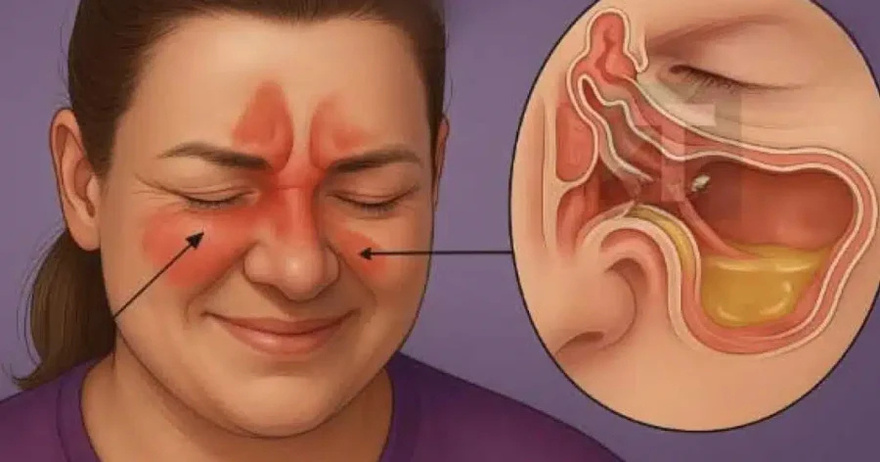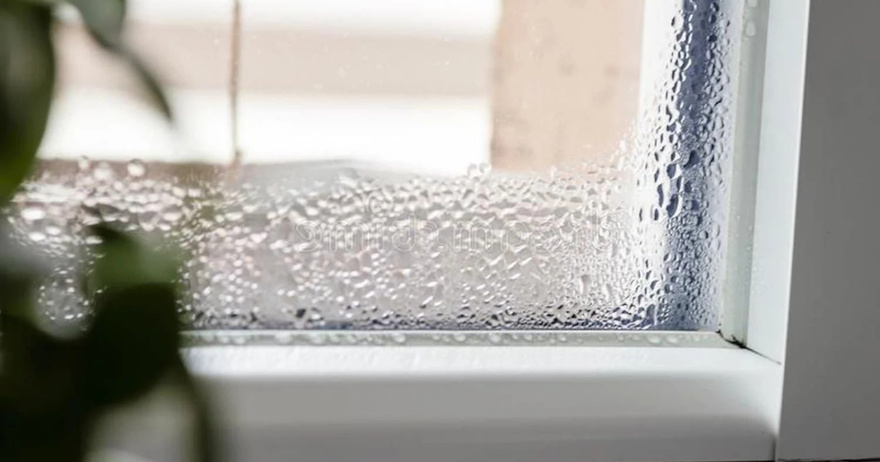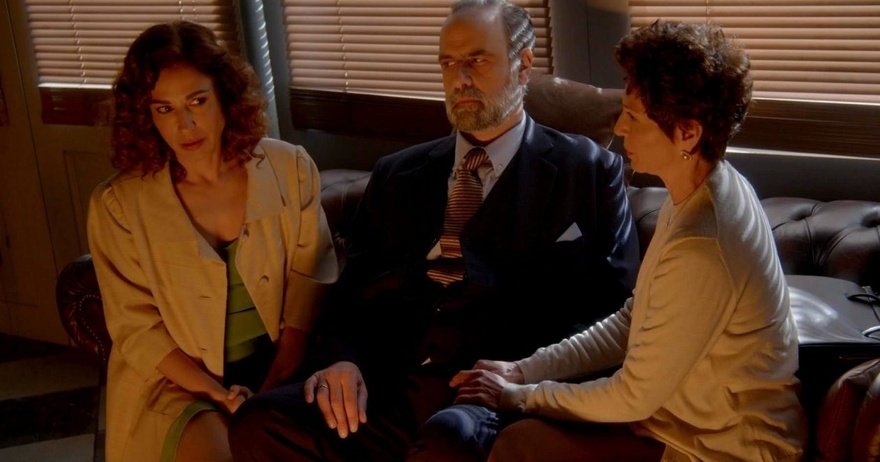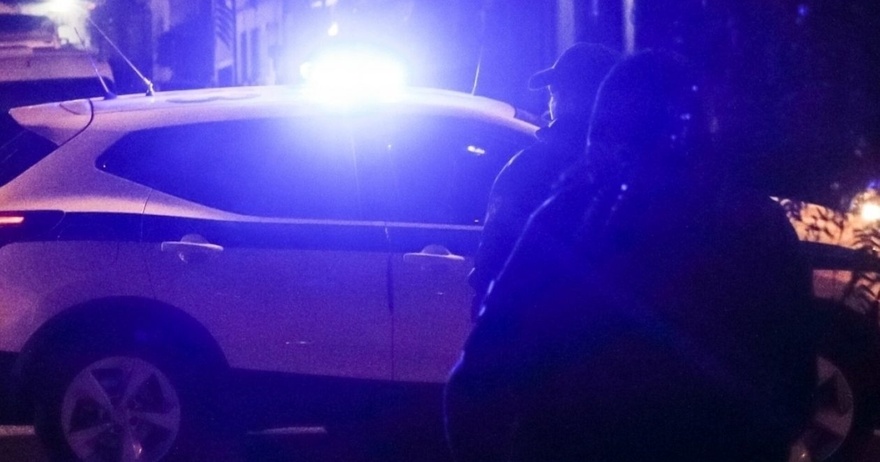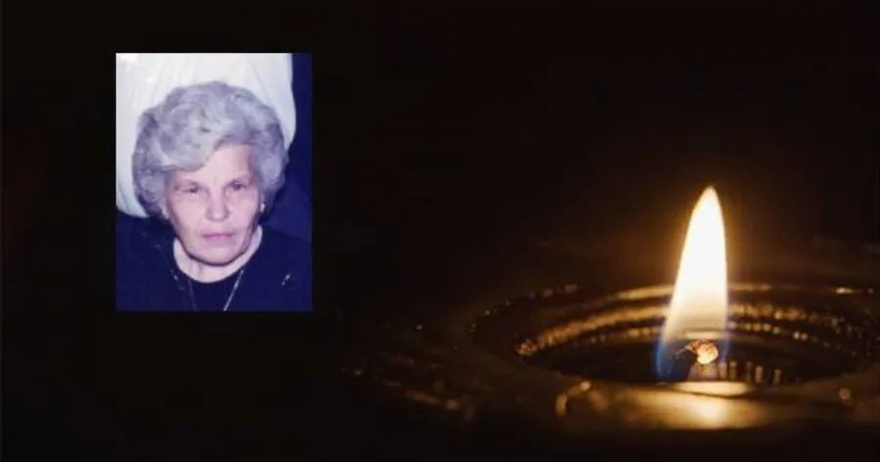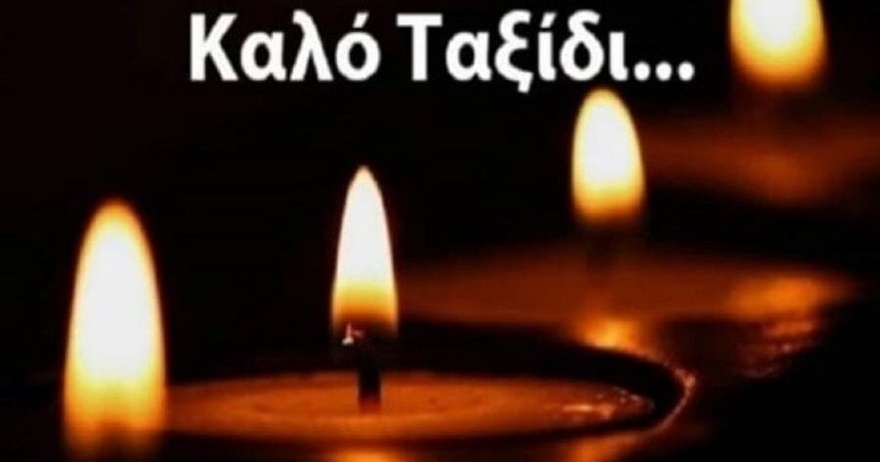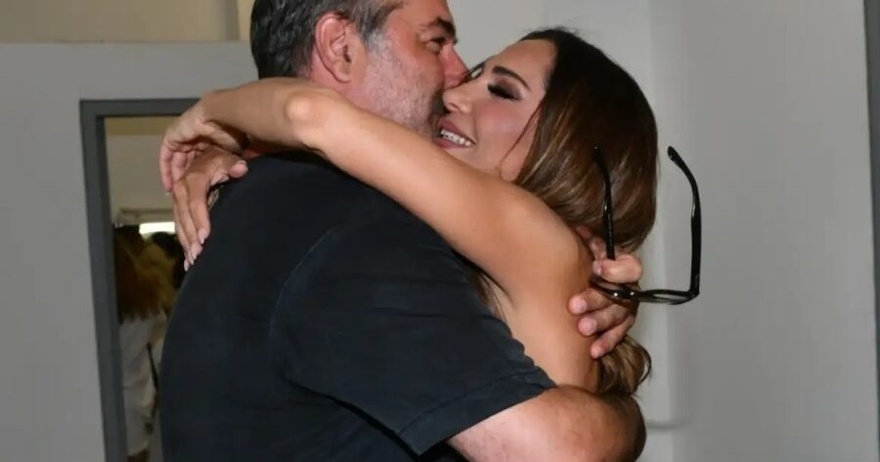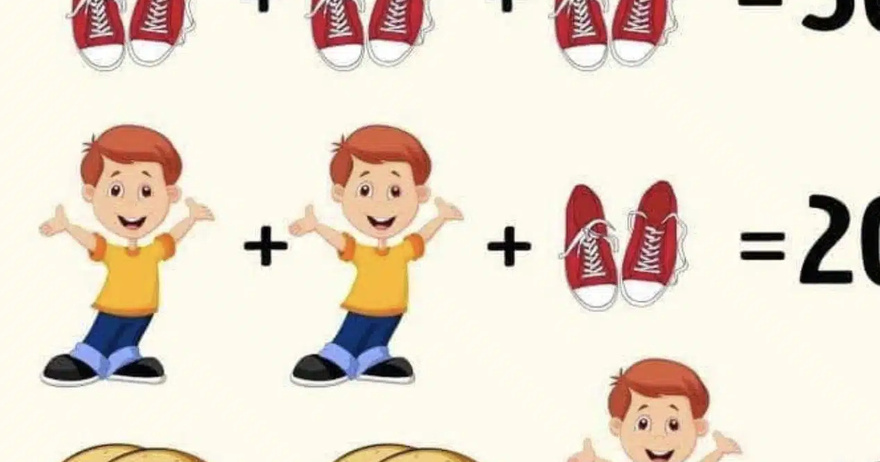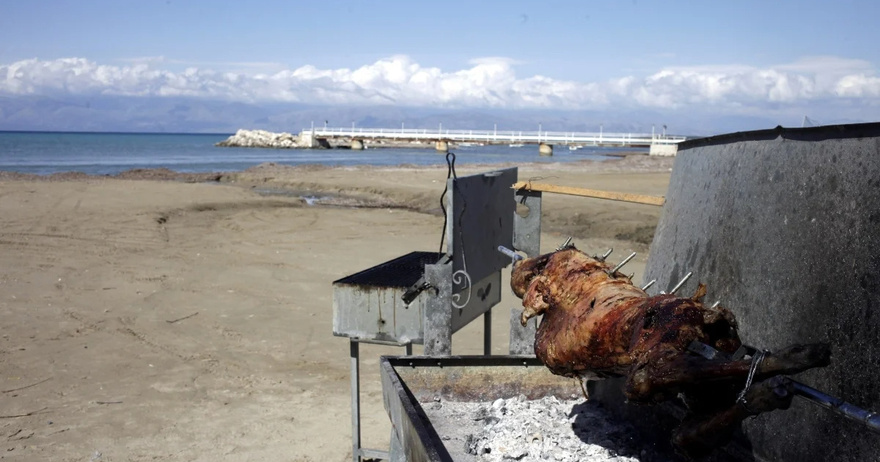Hidden object puzzles have a unique way of capturing our attention and putting our observation skills to the test. A recent challenge that’s been making rounds on social media features a seemingly ordinary woodland scene, where a snake lies camouflaged, blending effortlessly into its surroundings. Many have tried and failed to spot the elusive reptile, with some saying only those with “eyes of a sniper” can detect it right away.
In this article, we’ll break down why these visual puzzles are so tricky, the common mistakes people make while searching, and a step-by-step guide to help you locate the hidden snake. Ready to test your observation skills? Let’s dive in!
Hidden object challenges often leave people scratching their heads because of the clever use of camouflage, positioning, and our own brain’s tendency to overlook details. But what makes finding a hidden snake especially difficult?
1. Camouflage and Natural Blending
In nature, many animals are masters of disguise, using their surroundings to stay hidden from predators or sneak up on prey. In this puzzle, the snake’s coloring and texture blend so perfectly with the dry leaves, twigs, and shadows that it becomes nearly invisible at first glance. Our eyes are drawn to larger shapes and distinct patterns, making it easy to miss something that looks like part of the background.
2. Skipping Over Small Details
Our brains naturally focus on prominent features in a scene, often missing finer details. In an image crowded with leaves, twigs, and shadows, a small, slender snake can slip right by unnoticed. It takes a trained eye to slow down and examine each part of the image carefully.
3. Searching in the Wrong Places
When faced with a visual puzzle, many people tend to concentrate on the center of the image, assuming the object will be in the most obvious spot. However, hidden objects like this snake often lurk in the less prominent areas, such as the edges or background, where they’re less likely to be immediately noticed.
4. Making Assumptions About Position
People often expect a snake to be coiled up or posed in a certain way, which can limit their ability to spot it if it’s stretched out or lying flat. In reality, a snake can be positioned in any number of ways, making it even harder to locate if we’re expecting something different.
Step-By-Step Guide to Finding the Snake
Ready to give it a shot? Let’s go through the steps to help you find the hidden snake in this woodland scene. Follow along, and see if you can spot it yourself before checking the answer!
1. Start by Scanning the Image from Bottom to Top
When tackling a hidden object puzzle, it’s best to work systematically. Begin at the bottom of the image and move your eyes slowly upward. By scanning the scene in a structured way, you avoid skipping over any sections and increase your chances of finding subtle details.
2. Look for Unusual Patterns
Snakes often have long, slender bodies that stand out against the round shapes of leaves and sticks if you know what to look for. Look for any lines or shapes that seem out of place in the background. Snakes usually form a smooth line, even if they’re partially hidden, and you might notice a curve or stripe that doesn’t match the natural surroundings.
3. Focus on Color and Texture Differences
In this puzzle, the snake is thin and dark, with two faint white stripes running along its body. Pay close attention to areas where these white lines might blend with shadows or twigs. Sometimes, the eye can catch these slight differences, even if the object itself is well camouflaged.
4. Search the Lower Right Area of the Image
After scanning the entire image, you may notice a suspicious shape near the bottom right. Here, amidst the dry leaves and sticks, lies the snake, stretched out and nearly parallel to a larger twig. This positioning, combined with the natural camouflage, tricks the eye into seeing the snake as just another shadow or stick.
Analyzing the Solution
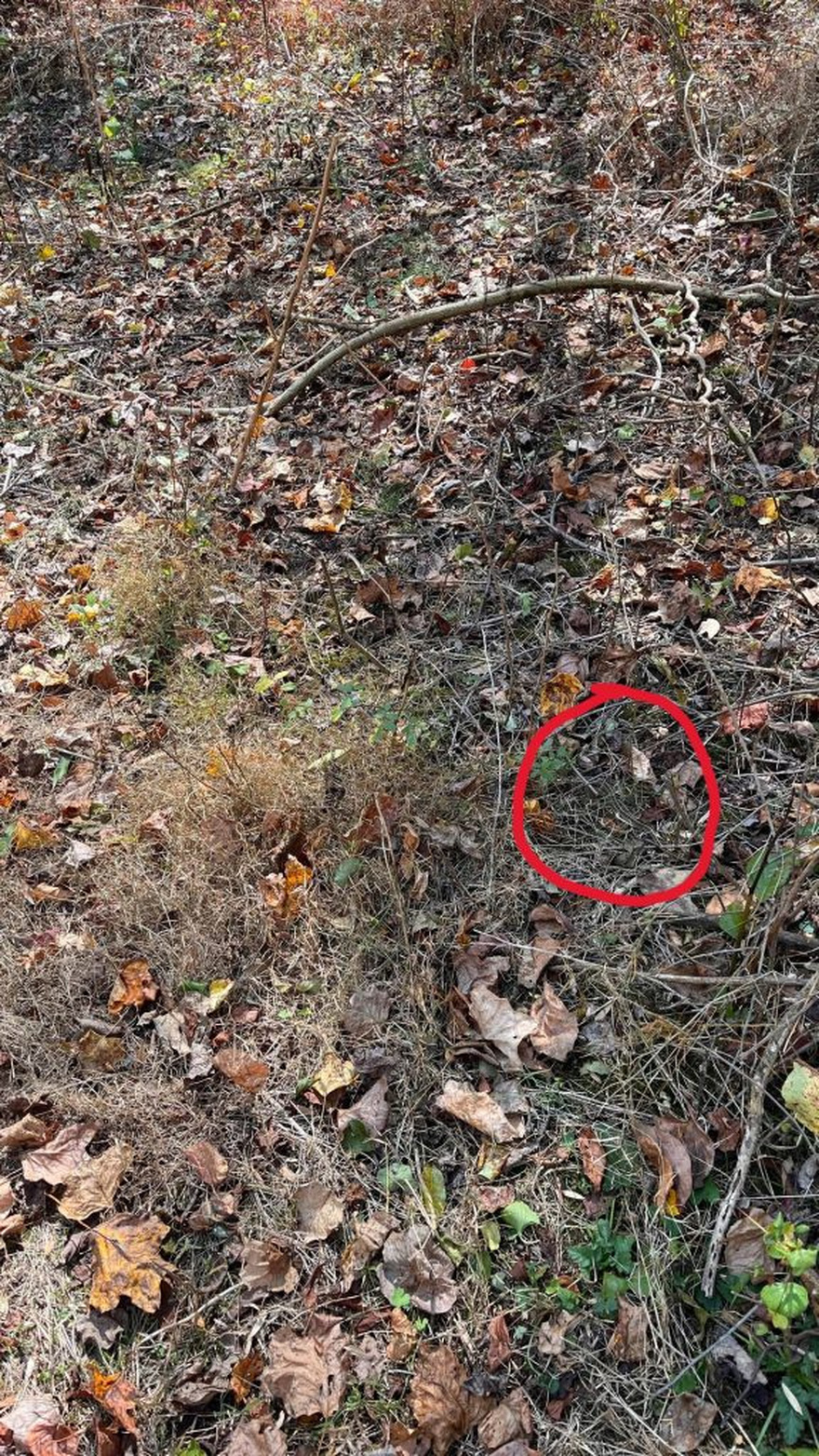
Once you spot the snake, its hiding spot becomes much more apparent, and you can see how it managed to stay concealed. This snake’s body features a dark color with two white stripes that mimic the highlights and shadows of the forest floor, creating an almost perfect disguise. It’s not coiled or posed in a striking way—instead, it lies stretched out, making it easy to overlook amidst the similarly colored leaves and sticks.
Its position near a larger stick enhances the camouflage effect, as the snake’s shape and color blend into the textures around it. This combination of color, positioning, and natural camouflage is a classic trick of hidden object puzzles, designed to make even the most attentive observer second-guess themselves.
Common Mistakes in Spotting Hidden Objects
Even with a step-by-step approach, hidden object challenges can still be tricky. Here are some of the most common mistakes people make when trying to find camouflaged objects:
Rushing Through the Image: Taking a quick glance and expecting to find the object immediately often leads to missed details. Slowing down and carefully scanning each area can make all the difference.
Focusing Only on the Center: As we mentioned, many people assume the hidden object will be placed in the center, but it’s usually tucked away in less obvious places. Be sure to check the edges and corners of the image as well.
Ignoring Small Shapes and Patterns: Our eyes tend to be drawn to big, bold shapes, but hidden objects are often much smaller and subtler. Look for slender, smooth lines or shapes that differ from the surrounding background.
Assuming a Specific Pose: When looking for an animal, people often imagine it in a typical pose, like a coiled snake. In reality, the animal might be lying flat or hiding in an unusual position, so keep an open mind.
Why Visual Puzzles Are Great for Sharpening Your Observation Skills
Hidden object puzzles are more than just a fun way to pass the time—they’re an excellent workout for your brain! Solving these challenges can improve your attention to detail, patience, and focus. Practicing with visual puzzles helps train your brain to spot patterns and details you might otherwise miss. Who knows, with enough practice, you might just develop the “eyes of a sniper” yourself!
Conclusion: Test Your Skills and Challenge Your Friends
Now that you know how to spot the snake in this tricky visual puzzle, how quickly did you find it? Did you notice it right away, or did it take a few passes? These hidden object challenges provide an entertaining way to test your observation skills and train your brain to catch even the tiniest details.
Once you’ve mastered this challenge, why not share it with friends and family to see how they do? Not only is it a fun activity, but it also gives everyone a chance to sharpen their observation skills and maybe even earn a bit of bragging rights! Keep practicing with different visual puzzles, and who knows—you might soon spot hidden details like a pro.
